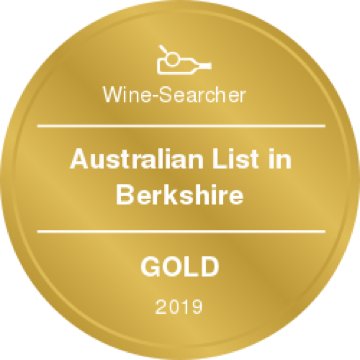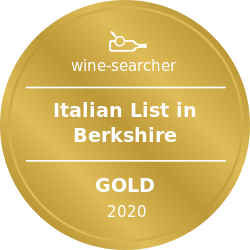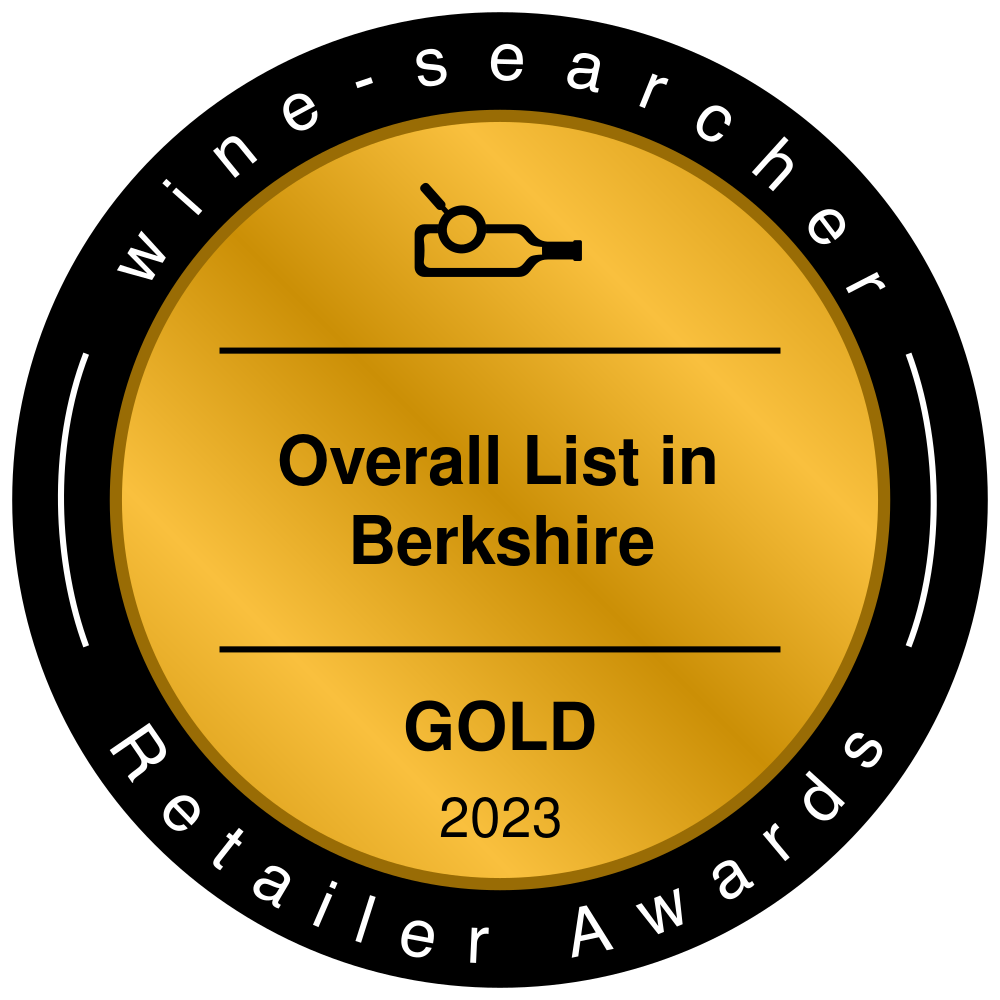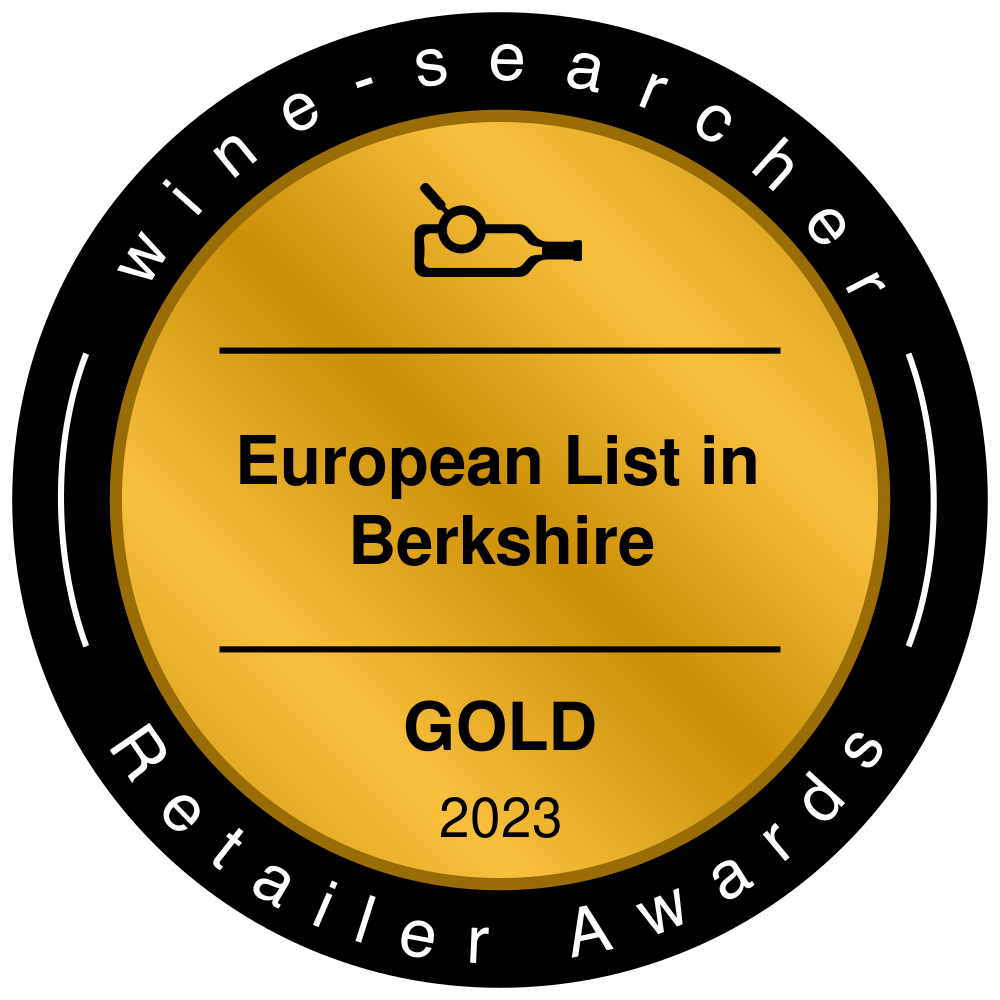Kloof Street Swartland rouge is a stunning blend of eight different grapes, dominated by Syrah/Shiraz (44%) with the same weighting of Tinta Barroca, followed by a dash of Grenache/Garnacha (7%) and Cinsault (4%) and a pinch of Carignano/Carignan (1%). This layered wine has a spicy perfumed nose, with undertones of dark fruits. Each varietal in the blend helps to balance the wine. Tinta Barocca brings tannins, Cinsault brings perfume, Carignan brings freshness, Grenache brings fruit character, and the Syrah’s opulence ties it all together. Good with steak, and fantastic for the first barbecues or with a good pizza.
Delivery Charges
*Local Free Delivery: SL3 and SL4 postcode (Windsor/Datchet)
*Local Free Delivery: All SL (Except SL7), HP9, GU25, TW18, TW19 & TW20 postcodes. (Min. 6 bottles or 1 Hamper or 1 of our selected Wine cases purchased)
- England and Wales £12.00
- England and Wales Free Delivery (Over £200 purchased)
- Northern Ireland £30 (All BT postcodes)
- Scotland £15.00 (EH, FK, G, KA, KY, ML, DG and TD postcodes)
- Scottish Highlands and Islands £ 30.00 (All AB; DD; HS; IV; KW; KA27-28; PA; PH; TR21-25; ZE postcodes)
More Information
A blend of eight vineyard parcels, this wine is made from sustainably farmed fruit sourced from different parts of the Swartland. The vines are aged between 12 – 40 years. Two parcels of Syrah and one of Cinsault come from the stony shale and schist-based soils of Kasteelberg, which retain heat well and aid in the ripening of bold fruit. One parcel of dry-land, bush vine Syrah, one of Carignan, one of Grenache and a single parcel of gnarly, old, dry-farmed Tinta Barocca bush vines are all grown on the decomposed granite soil of the Paardeberg. This soil promotes the production of complex wines with lifted acidity. The final parcel is Mourvèdre grown on the rolling, iron-rich soils west of Malmesbury.
Syrah
A potential rival for the crown of ‘world‘s greatest black grape‘, Syrah has emerged relatively recently as one of the most-planted grape varieties worldwide. The two ‘classic‘ regions in which it thrives are the Northern Rhône valley, where it makes fabulous, dense, spicy wines which age majestically for decades, and Australia, to which it was introduced in 1832 by the settler James Busby and goes by the name Shiraz. The two different names usually denote two very different styles. Shiraz has come to be used for richer, blacker wines with more ripe fruit flavour on the mid-palate, while Syrah tends to be used for structure-driven wines with more restrained flavours of black pepper and spice with characteristic black fruit. The grape is thick-skinned and prefers warmer climates, although its flavours tend to degenerate jammy if subjected to too much heat. Excellent examples in the Syrah style can be found in the Languedoc-Roussillon, the Hawkes Bay area of New Zealand and now some cooler parts of Australia; in its Shiraz guise Australia is still the heartland, but is also cultivated in South Africa and California.











